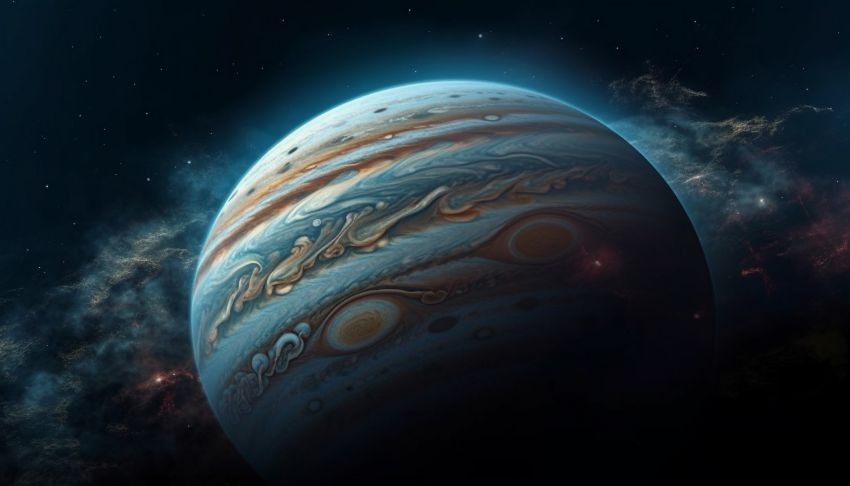You’ve probably wondered, in the vast expanse of the universe, which is the oldest planet? Scientists believe they’ve found one that’s a staggering 13 billion years old. This celestial body, bigger than Jupiter, orbits a pair of depleted stars in a globular cluster. Formed shortly after the Big Bang, it offers a unique window into the early universe’s planetary systems. Its discovery might just challenge our understanding of planet formation. Intriguing, isn’t it? Let’s explore this further, shall we?
Understanding Planet Formation
The process of planet formation involves dust and gas in the vicinity of a young star gradually forming solid bodies due to gravitational attraction, a process that spans millions of years.
The oldest planet’s age, as determined by the Hubble Space Telescope, provides significant information about the ancient methodology of star and planet formation.
These formation processes aren’t random; rather, they’re influenced by the star’s mass and age, which offer clues about the early universe.
Typically, rocky planets such as Earth tend to form closer to the star, while gas giants like Jupiter form at a greater distance.
Thus, studying this not only aids in understanding our solar system’s history but also sheds light on the variety of planetary systems within a globular star cluster.
Oldest Planets in the Universe
Jupiter, which is approximately 4.6 billion years old, is among the oldest planets in our Solar System. However, there are celestial bodies in the universe that are considerably older and have the potential to provide more detailed information about planetary formation in the early universe.
The exoplanet Kepler-452b is one such example, with an estimated age of 6 billion years. It’s situated approximately 1,400 light years away. PSR B12620-26 b is another example, with an even greater estimated age of about 13 billion years. This Jovian planet is located in the M4 globular star cluster in Scorpius.
Observations from the Hubble telescope, along with data collected by astronomers, provide evidence supporting the existence of these older planets. Studying these ancient celestial bodies can contribute to a more comprehensive understanding of planetary formation across the universe.
Historical Timeline of Discovery
The discovery of the oldest known planet in the Milky Way, estimated to be approximately 13 billion years old, provides significant insights into our understanding of the universe.
With a mass 2.5 times that of Jupiter, this ancient planet was identified within a globular star cluster. The Hubble Space Telescope was instrumental in verifying its mass and location.
Studies suggest that the planet was formed around a relatively young star a billion years subsequent to the Big Bang. This deviates from prior theories regarding planet formation in the early universe, thereby contributing to our knowledge of cosmic history.
The discovery of this planet is an important factor in the study of the universe.
Studying Ancient Planetary Systems
Investigating ancient planetary systems, specifically the oldest known one in the Milky Way, provides a distinctive perspective on the initial processes and conditions of planet formation.
This planet, which is approximately 13 billion years old, orbits two exhausted stars in a globular star cluster. Its formation around a youthful star merely a billion years following the Big Bang serves as evidence of the swift development of planetary systems in the early universe.
The Hubble Space Telescope has verified the identity of this oldest planet as a gas giant, possessing twice the mass of Jupiter. The examination of this planet prompts reconsideration of theories regarding planet formation, especially within globular clusters, offering a comprehensive glimpse into the early universe.
The Significance of Old Planets
The study of old planets provides valuable information about the early formation of planetary systems in our universe. These celestial bodies propose a new perspective on the rapid processes involved in planet formation.
The existence of the oldest or ancient planets stimulates inquiries about their frequency across our galaxy. Additionally, the presence of gas-giant planets in globular clusters might suggest a shared trait in distant orbits.
Further analysis of old planets can also contribute to our understanding of the diversity and individuality of planetary systems. These old planets serve as a valuable source for studying the history of our universe, and their investigation could potentially enhance our comprehension of the cosmos.
Hence, their significance isn’t merely attributed to their age but also to the knowledge they bear.
Conclusion
You’ve journeyed through the cosmos and discovered the oldest planet in our Milky Way galaxy. This ancient giant, formed shortly after the Big Bang, challenges our understanding of planet formation.
It’s not just a relic of the past, but a key to deciphering the diverse history of planetary systems. So, keep exploring! These elderly celestial bodies might just hold the answers to our universe’s most fascinating questions.
More info:

Leave a Reply